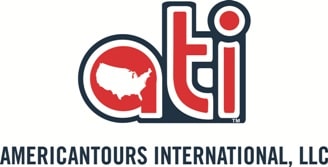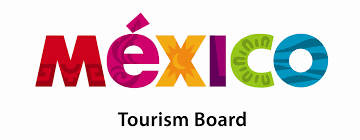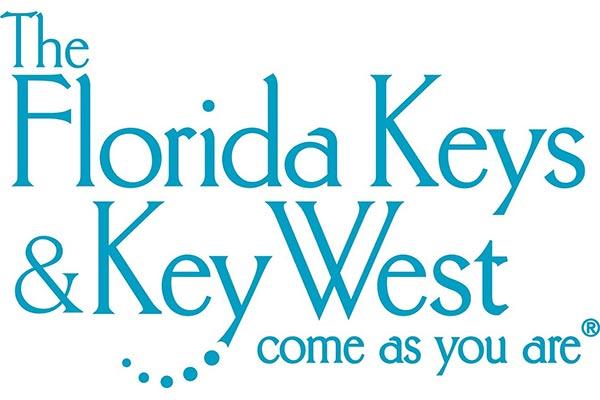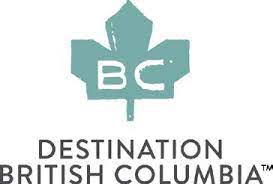TDS Asia 2009 Special
SINGAPORE – Lack of resources and confidence to think holistically are cited as two of the main reasons behind travel companies being unable to incorporate web 2.0/Social Media into their Internet marketing and distribution strategy effectively.
Quite often, it is said that a successful social strategy needs to be built into the DNA of the business. This is hard to do, which is why many travel companies fail.
“Decide what is right for you,†recommends TripAdvisor’s senior director – brand distribution, Nathan Clapton.
“How much control of your brand are you comfortable with yielding? Are you ok with managing your brand on third party sites or would you rather create events and promotions?
“Ensure your senior management is on board. Monitor comments on your business on your site and others. You can use Google alerts for free.
“Engage where appropriate. Ensure that you have thought about the tone that you use.
“Promote what your customers are saying about you. Satisfied customers are still the truest indicator of a healthy business,†says Clapton, who is scheduled to speak during EyeforTravel’s Travel Distribution Summit Asia 2009 to be held in Singapore (April 1-2).
Clapton, in an interview with EyeforTravel.com’s Ritesh Gupta, also spoke about few other issues related to social media strategy. Excerpts:
On success in social marketing: Facebook, Youtube and Myspace have all opened their application platforms. Facebook alone gives you access to 50 million people.
It’s helpful to think out of the box in terms of success measurement. TripAdvisor’s Facebook applications are significant contributors of new content for the core TripAdvisor site, as well as drivers of new TripAdvisor membership.
If you are launching an application there, you may want to judge success in terms of percentage of that audience who install it. TripAdvisor’s Cities I’ve Visited has nearly two million monthly active users – currently the second most active users of any FB travel application.
Approach towards giving control to consumers: Be honest and open. Don’t be afraid of customer feedback, embrace it.
Even bad reviews can create positive opportunities. If you respond openly to a negative review, you are not only demonstrating your customer care to the reviewer but to a potential audience of thousands who are reading that review.
Including UGC on your site if you are not monetising it in some way: If you are interested in building trust amongst your customers or increasing the amount of time that viewers spend on your site, it is worth adding user-generated content (UGC).
Consumers trust the views of other consumers and they trust those views more than professionally written content.
If you are not seeing direct advertising value from the content, it is quite likely that there is still ROI, e.g. TripAdvisor licences its reviews and ratings to thousands of hotels and travel agents due to the value of the content in driving bookings.
On the right combination of trip-planning tools, user-generated content and blogs: You need depth of user-generated content and then you need to be able to filter that content so that viewers can quickly find what is relevant to them – this is where the trip planning tools come in.
We have 2,000,000 reviews and ratings for 500,000 restaurants. However if you want to find a romantic restaurant with a terrace on the waterfront in Singapore, you need to use maps and filters to quickly find your dinner choice and, ideally, reserve it.
EyeforTravel’s Travel Distribution Summit Asia 2009
For more information go to: http://events.eyefortravel.com/tdsasia/conference/agenda.asp
Or Contact: Reece Gladstone at [email protected]
 United Kingdom
United Kingdom United States
United States Asia Pacific
Asia Pacific












































BA suspending all Heathrow to Abu Dhabi flights
Unexpected wave rocks cruise ship
Woman dies after going overboard in English Channel
Report: Cruise guest died after ship lashed in heavy storm
British teen in serious condition after paraglider collision